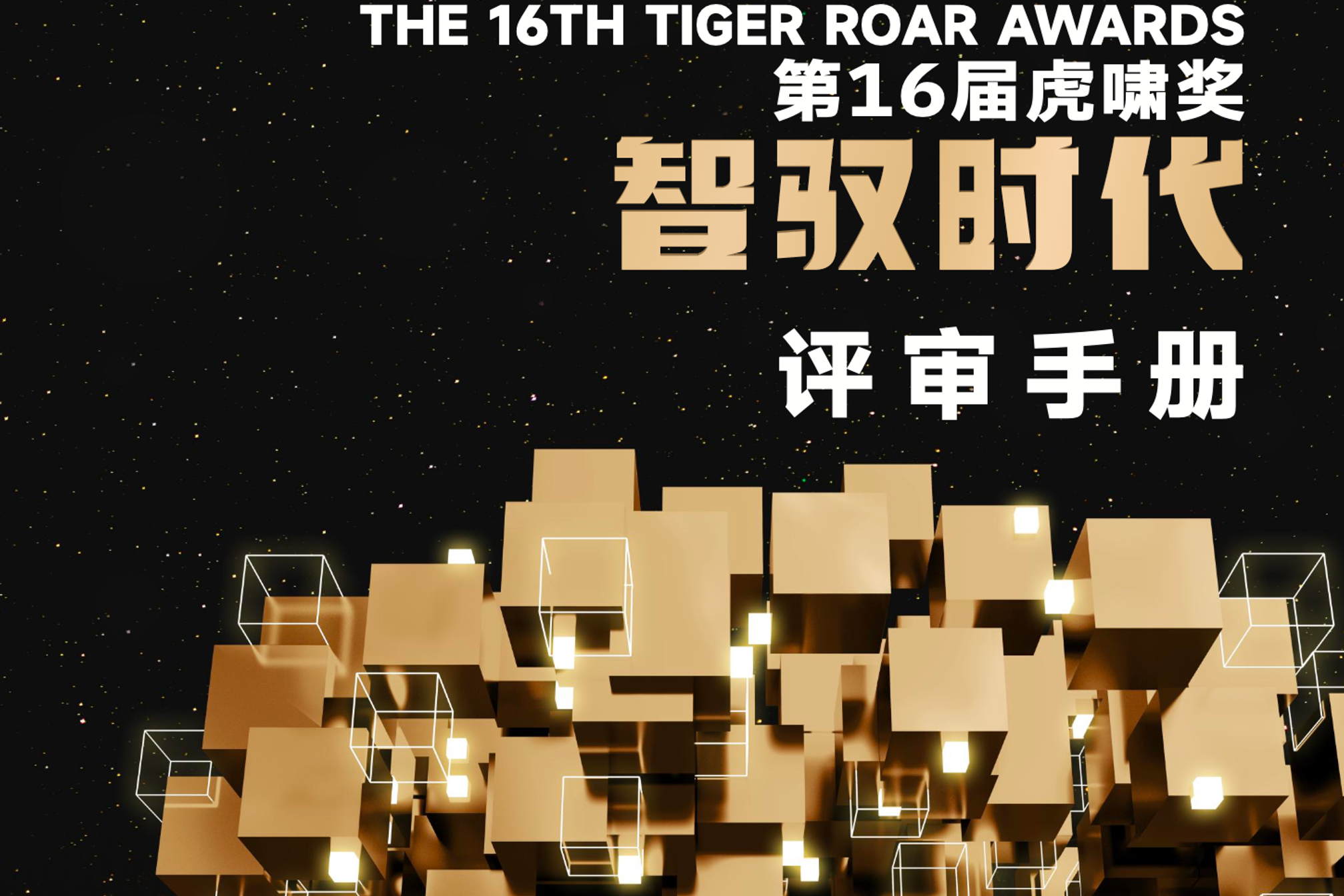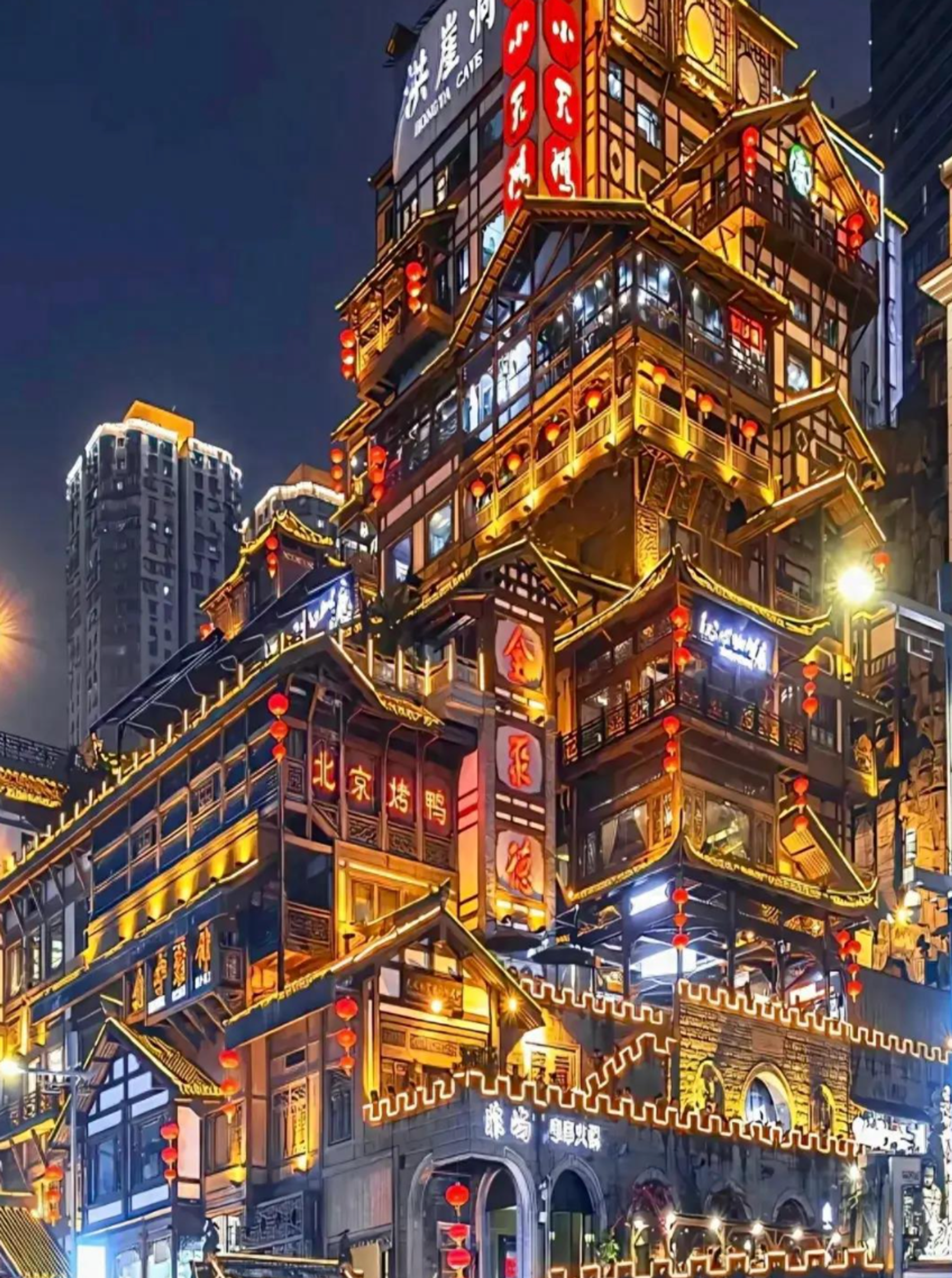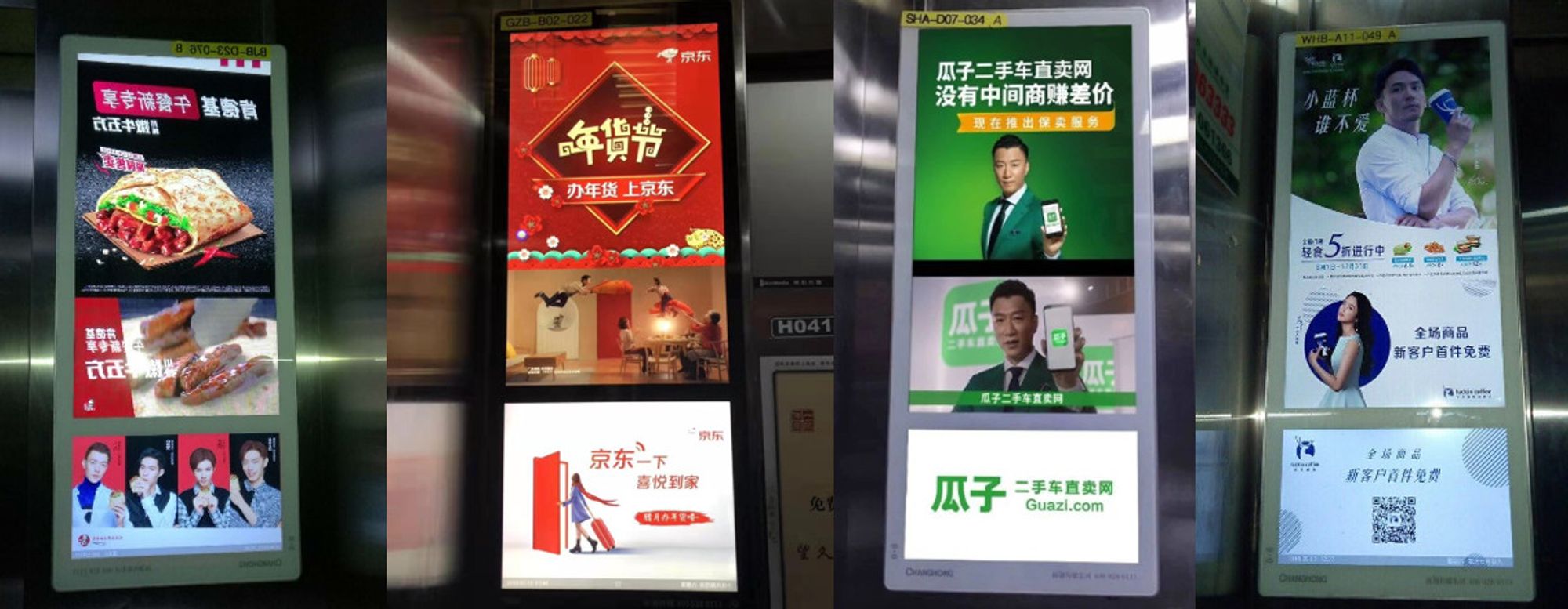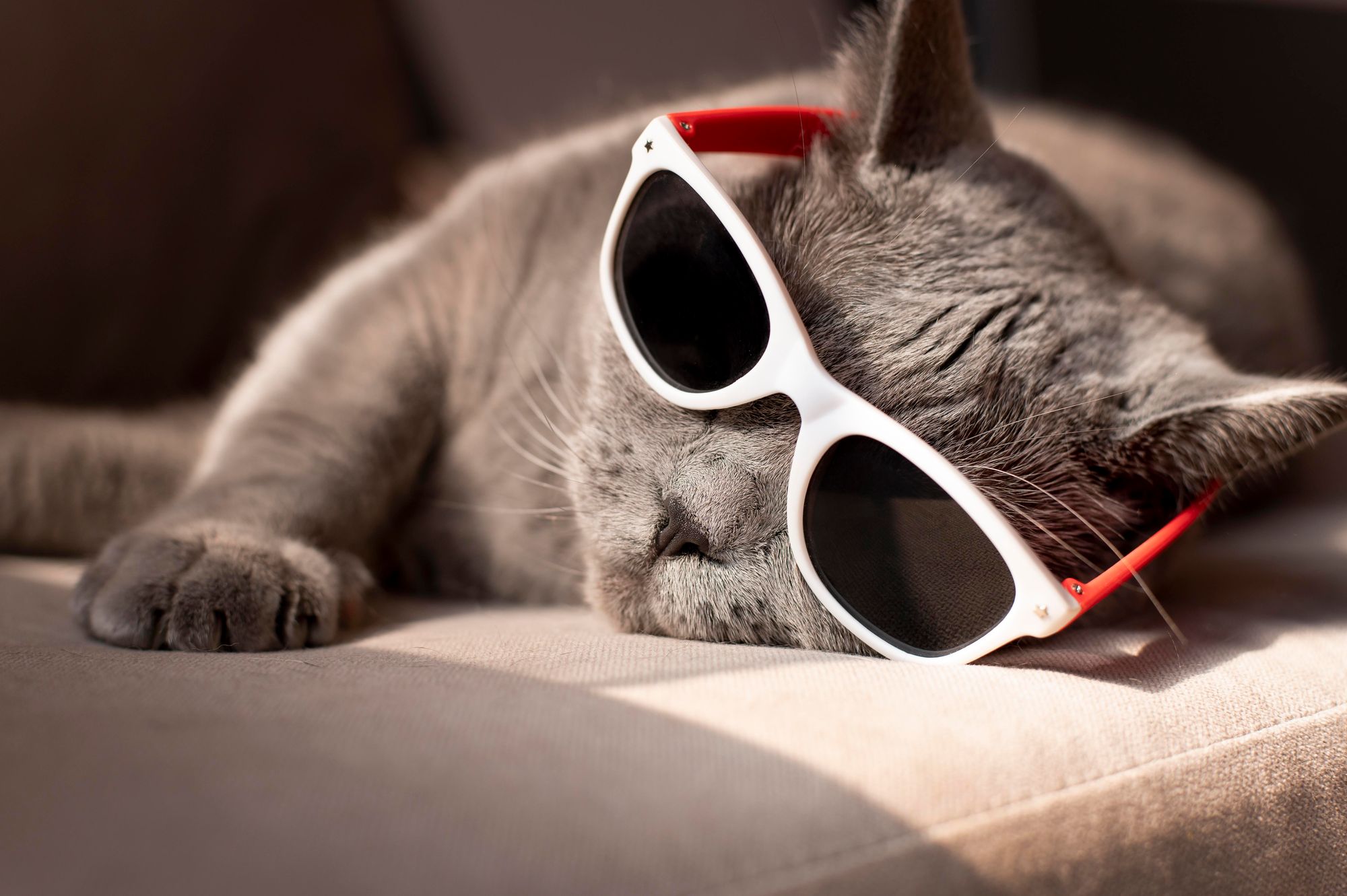Monday, April 7, 2025
What Judging 100+ Campaigns Taught Me About Chinese Marketing — And Why It Matters for Founders & Creatives Alike

As a jury member for the 2025 Tiger Roar Awards— one of China’s most influential marketing honors — I recently reviewed over 100 campaigns spanning industries: from government tourism promos and tech launches to indie brand experiments. I reviewed 123 cases across 3 categoriesVisual Design and Production, Digital Creativity and Product Creativity
What I saw wasn’t just a snapshot of China’s marketing scene — it was a window into how creativity, culture, and commerce intersect in one of the world’s fastest-moving markets.
The award winners haven’t been announced yet, so I can’t share details about specific applicants. But here’s a summary of what stood out.
(About a 3-minute read.)
Section 1: What’s Unique About Chinese Marketing Right Now
1. China’s Consumer Market Is Fast, Crowded, and Alive
You can feel China’s role as a global manufacturing engine in its marketing:products are constantly launching, brands reinvent themselves quickly, and competition is fierce. Campaigns reflect that energy — bold, experimental, and often visceral.
In contrast, U.S. marketing tends to move slower and safer. Many dominant U.S. categories are intangible — think insurance or SaaS — whereas in China, the focus is still on tangible everyday things: drinks, gadgets, clothing, cars.That grounds the creative in a more immediate way.

2. Car Ads Are Plentiful — But Often Blur Together
There are a lot of car ads.Yes, China is building cars— fast — and it shows. The campaigns are everywhere: glossy, cinematic, expensive-looking. But many start to feel the same. Sleek shots, sci-fi vibes, dramatic music… and yet, not much sticks.
The ones that did stand out? They told a story. They latched onto a symbol. They gave the tech a human face. In a sea of sameness, personality matters.
3. Traditional Culture Is a Creative Power Source — When It’s Done Right
Chinese campaigns often draw on tradition — folklore, regional crafts, ancient aesthetics. But there’s a big difference between using cultural references as surface-level decor vs. drawing meaning from them.
The best campaigns respected the material: a specific dyeing technique from a rural village, the origin story of a local dish, the texture of handmade paper. These details gave the work richness and authenticity.
In the U.S., marketing often leans into dominant or popular narratives. Rarely do we see “county-level craft” woven into national storytelling. But in China, there’s growing appreciation for embedding warmth and materiality into the message.
4. Media Matters More Than You Think
Marketing in China is embedded in every layer of daily life — elevator screens, subway platforms, WeChat Moments, short videos. As McLuhan said,“the medium is the message.”
Big screens often played it safe — glossy and polished, but forgettable. Meanwhile, WeChat ads and offline activations were surprisingly fun and clever. The smartest campaigns didn’t just copy-paste the same content everywhere. They understood the tone of each medium and adapted to it — speaking the language of the platform, not just the brand.

Section 2: Lessons for Founders, Creatives, and Brand Builders Everywhere
5. Great Branding > Product Pushing
The strongest campaigns weren’t just selling a product — they were building a brand. Branding goes before selling.
Clicks and conversions are short-term wins. What lasts is emotional connection —when people start to associate your brand with a feeling, a vibe, a certain quality.
The best campaigns gave people a reason to care beyond the product.
Something deeper.
Something human.
6. You Can Tell When People Really Care
Some campaigns were technically perfect — polished, structured, textbook-exact. But lifeless.
You could tell it was just someone completing a task — maybe fulfilling a budget requirement, or checking boxes on a boss’s assignment.
Others felt alive.
They had personality, curiosity, and a clear point of view. That kind of energy doesn’t come from money. It comes from people who care — people who actuallylikewhat they’re making.
7. Low Budget, High Soul — The Underdogs Win Too
Some of the most memorable campaigns weren’t big-budget blockbusters. A pet-themed mini-film that made people laugh. A quiet, beautifully crafted short video that made people feel.
These “soft ads” had soul. They didn’t over-explain — they left room for imagination. The kind of charm you find in the best Japanese or Thai commercials: emotionally sharp, culturally precise, and often a little weird — in the best way.
In China, many of these gems surfaced on social media as short-form, low-budget content. It was exciting to see indie brands doing more with less — scrappy, soulful, and often more daring than the mainstream.

Final Thought
After judging over 100 campaigns, one thing became clear: the best work didn’t just look good. It felt real.
Not because of a drone shot. Not because of a celebrity cameo.
But because the people behind it had something to say — and weren’t afraid to say it clearly, creatively, and with care.
Sometimes, maybe it was just because it was fun.